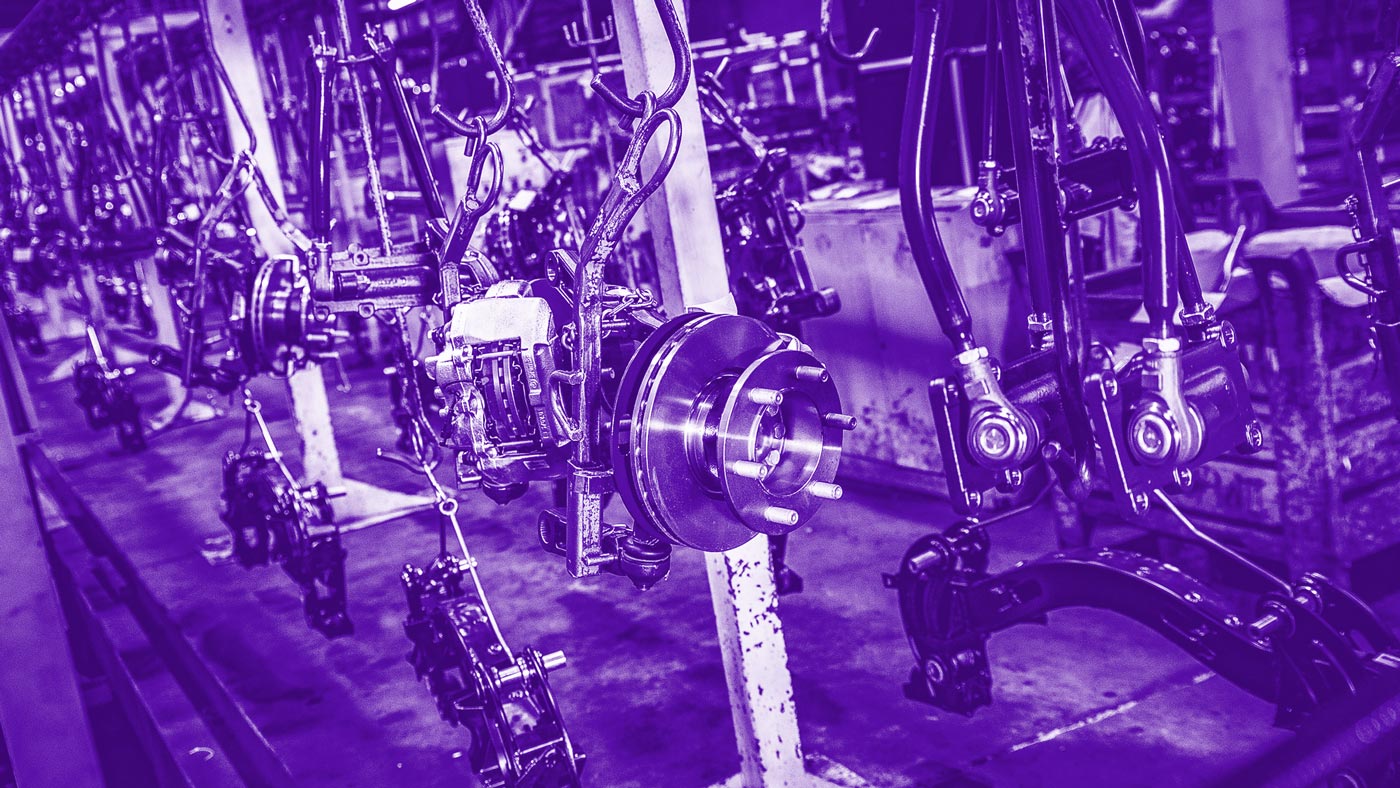Case Histories
Nesting and logistics, steel industry

Tasks
Data analysis
Optimization
Industry
Manufacturing
Steel supply chain
Technologies
Math optimization
Op.pla
Request
The client requested our assistance in relation to three problems linked to their production and logistics process: the optimization of cutting coils of sheet metal, the optimization of production, and the optimization of logistics.
The first problem we tackled was the optimization of the cutting of large-scale sheet coils to create finished products such as metal strips (if the coil is cut lengthwise) and sheets (if the coil is cut crosswise).
In technical jargon, it was a ‘nesting’ problem that consists of the geometric optimization of orders, aimed at reducing scrapped materials as much as possible. The solution involves the virtual layout of the elements to be produced, starting with a single cutting plan, nesting the pieces among each other like pieces of a puzzle.
The second problem we addressed was production optimization. In other words, the assignment of each production order to the right machines and time slots in order to minimize potential delays in deliveries to clients.
The third aspect to optimize was instead related to logistics: once manufactured, the material is then loaded on the available means of transport and delivered to the customer.

Starting point
The client was using a management system that presumed infinite production capacity at its facilities and a traditional, generic scheduling system that didn’t entirely reflect the technical constraints of production. About 3,000 sales orders and an equal number of purchase orders for raw materials related to specific orders were managed.
Because this is the steel industry, speculation on raw materials is exceptionally high and the use of an optimization system is even more important for economic savings.
Solution implemented
In relation to the nesting issue, a model that pulls the sales orders (strips or sheets) from the company’s management software and the raw materials in the warehouse (coils), aggregates the orders coming from different customers, and then assigns them to a specific coil. This entire process is aimed at conforming to the production constraints deriving from the type of machine used and at minimizing the amount of wasted materials (scrap).
On the planning side, we developed a tool that fully optimizes the production workflow, taking technical, time and capacity constraints into consideration. As such, the daily planning and monitoring of production were simplified, through the creation of a schedule that minimizes waste (both time and materials) to boost earnings.
Sales orders become production orders associated with a target date, in turn linked to the delivery date promised to the customer. The logistics optimization problem, on the other hand, was resolved by locating customers on a map and analyzing the distances between them to create the best route.
The constraints managed through the system deployed are: raw materials, machinery used for cutting, delivery dates, and delivery address.

Results
The project resulted in an important formalization of data linked to the entire production process, concretizing the best practices tied to operator experience, which is now an intangible asset for the company, facilitating business continuity.
The project is still ongoing: in particular, the algorithms developed to resolve the nesting issue and to plan production operations are in the test phase at the client’s facilities, while the logistics element is still being developed.


Current developments
An in-house R&D project is currently in progress, aimed at the implementation of an artificial intelligence system as an alternative to classic optimization. The method being tested is based on multiagent deep reinforcement learning (MDRL), which, while keeping the delivery date constant, makes it possible to look ahead, seeking local optimums as solutions that improve the current planning methods in relation to different scenarios.
This would make it possible to optimize unplanned event management, reducing the time it takes to calculate solutions and reacting in a data-driven way to the sudden changes that may occur during production.
